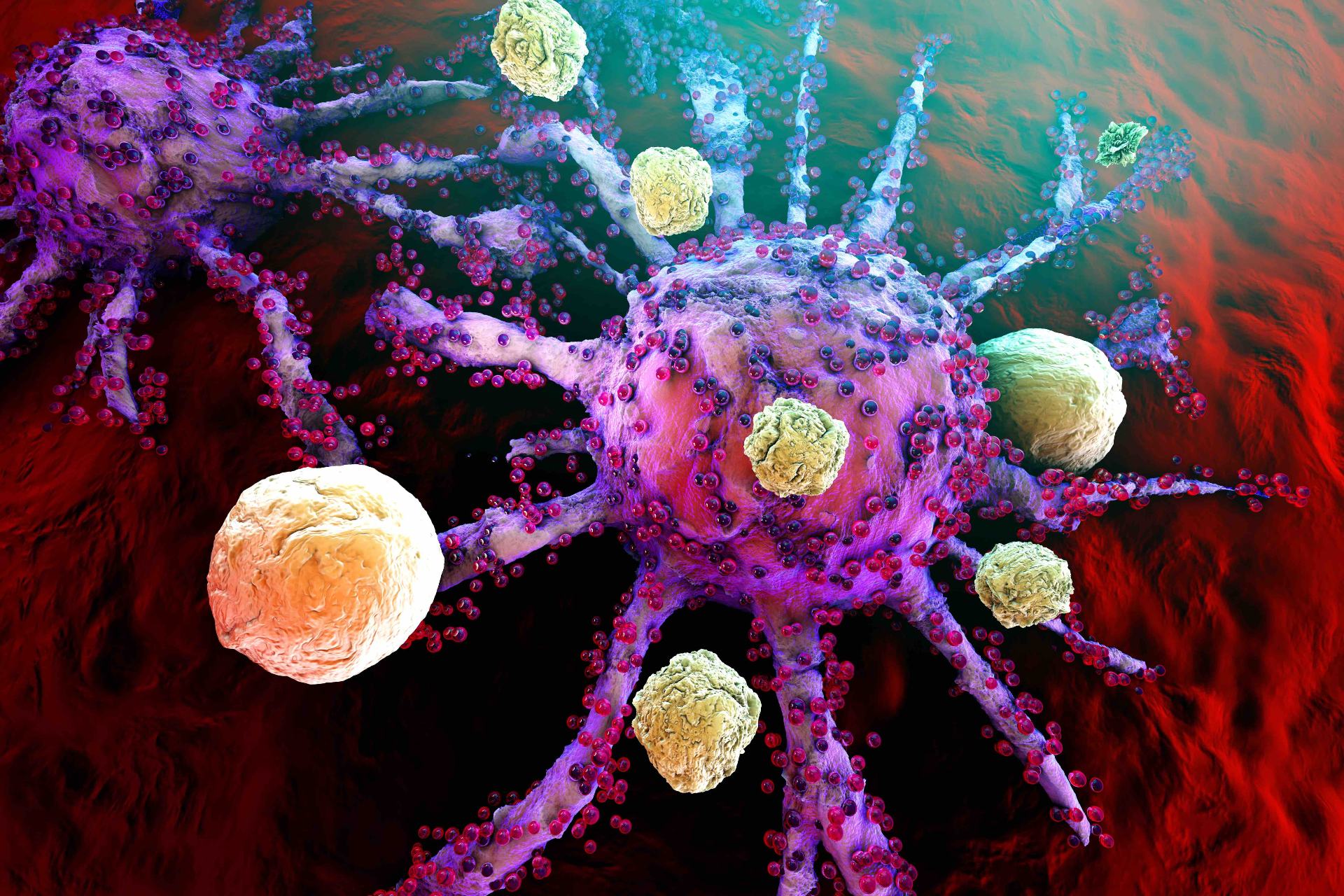Article
Second-Line Nilotinib May Enable Patients With CML to Achieve Treatment-Free Remission
Author(s):
Patients with chronic myeloid leukemia (CML) who have a sustained deep molecular response can maintain treatment-free remission for at least 48 weeks after using second-line nilotinib, according to a new study published in Annals of Internal Medicine.
Patients with chronic myeloid leukemia (CML) who have a sustained deep molecular response (DMR), such as MR4 or MR4.5, can maintain treatment-free remission (TFR) for at least 48 weeks after using second-line nilotinib, according to a new study published in Annals of Internal Medicine.
TFR after sustained DMR “represents an emerging goal for patients with CML in chronic phase,” the authors explained. Previous research has shown that patients receiving front-line imatinib who do not reach DMR may achieve DMR by switching to nilotinib.
The findings presented in the study were from a single-group phase 2 open-label trial that took place in 63 centers in 18 countries. A total of 163 patients were enrolled in the study. These patients had switched from imatinib to nilotinib. Of those patients, 126 entered the TFR phase and stopped tyrosine kinase inhibitor (TKI) therapy without loss of response with 73 patients maintaining TFR at 48 weeks and 67 maintaining TFR at 96 weeks.
Of those 6 patients who had TFR at 48 weeks but not at 96 weeks, 4 reinitiated treatment and 2 left the study. A total of 53 patients had a loss of response within 48 weeks and exited the TFR phase. Of these patients, 51 reinitiated treatment (the other 2 had dropped out of the study). A total of 56 patients reinitiated nilotinib and 50% of them regained MR4 or MR4.5 by 12 and 13.1 weeks after reinitiation.
No patients reported that their CML progressed from the chronic phase to the accelerated phase or blast crisis phase. Among patients who entered the TFR phase, musculoskeletal pain was more frequent during the first 48 weeks after discontinuing nilotinib. Among patients who entered the TFR phase, 93% reported any-grade adverse events during the first 48 weeks.
“For those who do not achieve sustained DMR with imatinib, switching to nilotinib may enable more patients to become eligible for TFR,” the authors concluded. “Any decision regarding treatment switching also should take into account the benefits and risks of the TKIs, including toxicity profiles.”
References
Mahon F-X, Boquimpani C, Kim D-W, et al. Treatment-free remission after second-line nilotinib treatment in patients with chronic myeloid leukemia in chronic phase: results from a single-group, phase 2, open-label study [published online February 20, 2018]. Ann Intern Med. annals.org/aim/article-abstract/2672945/treatment-free-remission-after-second-line-nilotinib-treatment-patients-chronic. Accessed February 20, 2018.





